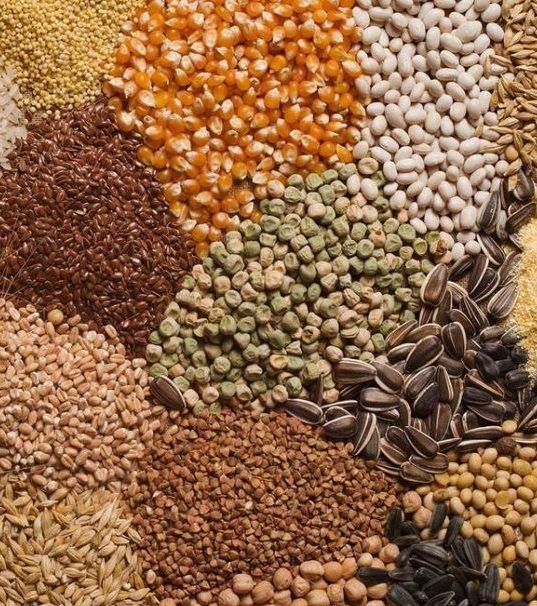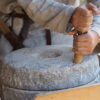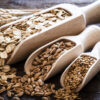
It is hard to imagine a cuisine which doesn’t involve the use of flour. Especially, Indian cuisine rests heavily on atta and a large part of it is because we have the staple chapatti (roti’s) in our diet. Unsurprisingly when you think of chapatti, whole wheat flour automatically crosses your mind. Whole wheat atta has ruled over most Indian’s dietary choices with bajra making seasonal appearances, especially in winters and occasionally jowar and ragi pop up too. But there’s a whole wide world of grains and millets out there which are awaiting to be explored. Here are a few super grains and their incredible nutritional benefits.
Maize
Maize popularly known as corn, because of its availability at vegetable vendors is wrongfully considered a vegetable. Whereas, it is actually a grain that is rich in fibre, vitamins, minerals and antioxidants. Corn is rich in Vitamin B12, folic acid and iron which helps in the production of red blood cells in the body. It helps in reducing the risk of Anaemia, by supplying enough of the nutrients required to produce new red blood cells.
Sorghum/Jowar
Sorghum or jowar is a millet. It is rich in protein iron and copper. It is gluten free and has been known to play a crucial role in cellular function and repair. The rich quantity of potassium and phosphorous helps lower cholesterol and manage high blood pressure. Just like all millets, jowar is incredibly rich in fibre and hence should be part of your daily diet if you are planning to shed some kilos.
These and more grains and millets offer amazing of health benefits and should be incorporated in your regular meals, along with whole wheat flour. The best way to do is by mixing up your a variety of millets and grains together, so that you don’t miss out on one while consuming another. Explore the create your own mix section on the grain2grid.com website to create your own healthy multigrain atta mix to suit your own dietary needs.
Comments are closed


